Last-Minute NYC Holiday Gift Guide 🎁
We’ve created a holiday gift guide with presents for the intrepid New Yorker that should arrive just in time—


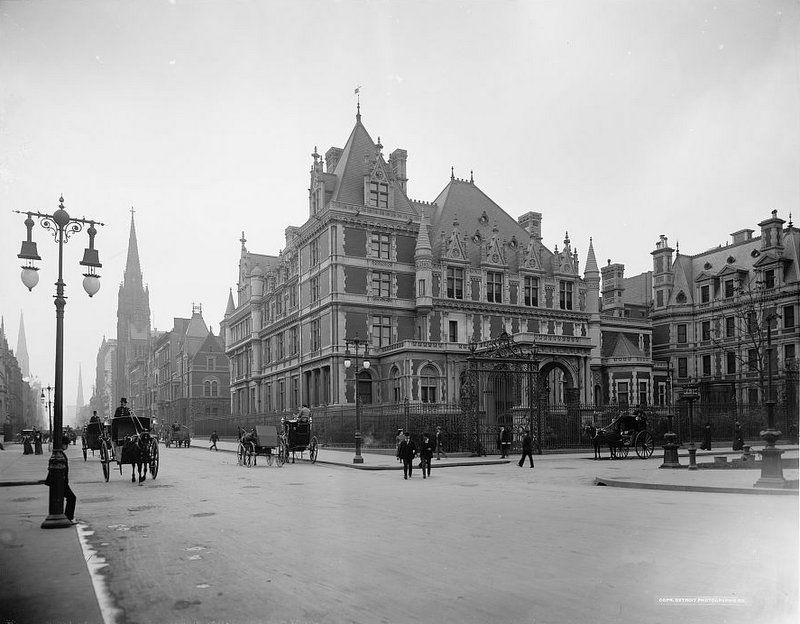
New York City’s Fifth Avenue for almost 200 years has been considered the center of wealth and glamour in New York City. What began as an undeveloped parcel of land in 1785 quickly developed into one of the wealthiest areas of the country as development of the city pushed northward. Between 59th and 78th Streets, rich New Yorkers like Cornelius Vanderbilt and John Jacob Astor purchased and built extravagant homes along Fifth Avenue, some valued at over $150 million today. Use our nifty interactive tool to drag between then and now with these lost Gilded mansions on Fifth Avenue’s Millionaire’s Row.
Although most were demolished in the 1920s due to rapid urbanization and construction of skyscrapers and the advent of income taxes, some still remain, while remnants of others are scattered throughout the city. For those that were demolished, however, department stores and office buildings have obscured this history. The elaborate, ornate mansions that would serve as party spaces for elite have transformed into retailers selling chocolate and clothes to tourists.
Vanderbilt Triple Palace
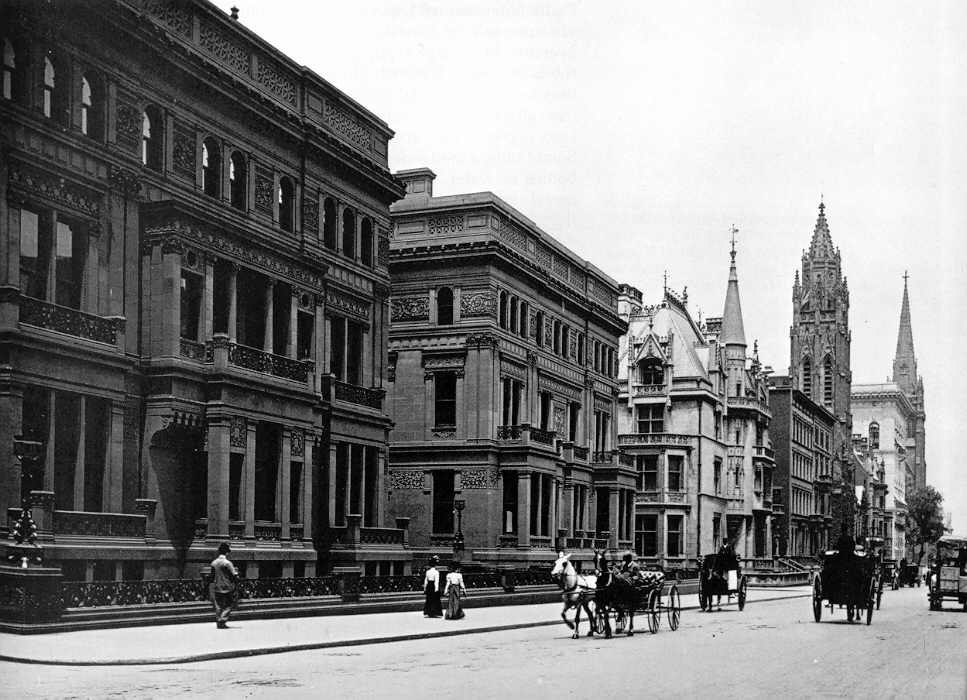
In 1882, William Henry Vanderbilt, the eldest son of Cornelius Vanderbilt, bought an entire block between 51st and 52nd Streets where he built the “Triple Palaces.” The three nearly identical brownstone homes were for himself and his wife, along with his two daughters, Emily and Margaret. Another wealthy New Yorker, Henry Clay Frick, reportedly said “That is all I shall ever want” on a drive past the Triple Palaces. Frick would rent out one of the palaces on a 10-year lease, but he could not buy the house due to William H. Vanderbilt’s will, which barred George Vanderbilt from selling the home and art outside of the family.
Today, skyscrapers stand in place of the palaces. Where once there were ballrooms and drawing rooms, there are now retailers like H&M, Godiva and Juicy Couture.
William K. Vanderbilt House
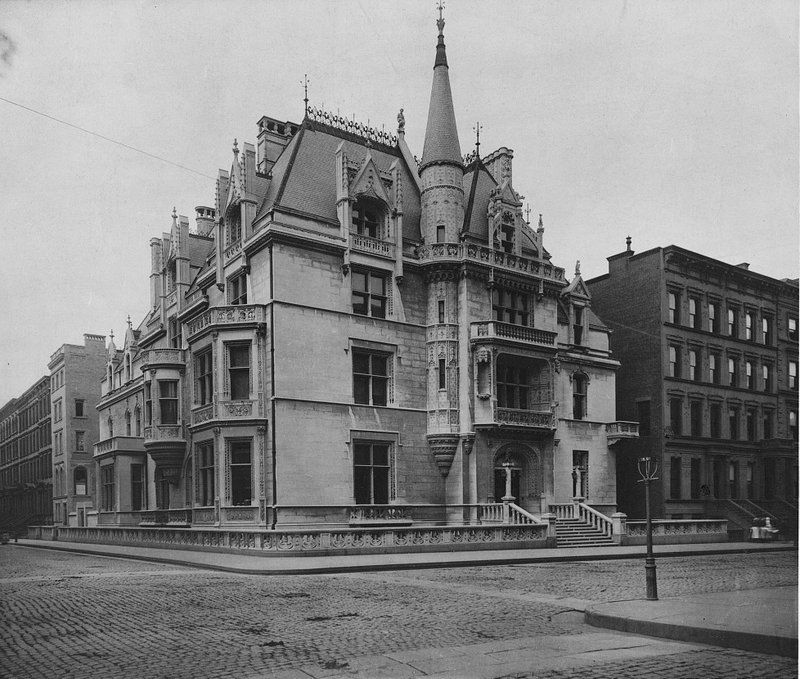
Affectionately known as the Petit Chateau, the William K. Vanderbilt House was a Châteauesque mansion at 660 Fifth Avenue closer to the start of Millionaire’s Row. Vanderbilt’s wife Alva worked with the mansion’s architect, Richard Morris Hunt, to create a French Renaissance-style home of her dreams. Thousands of people attended Alva’s fancy-dress ball at the mansion in March 1883.
The mansion was demolished in 1926 after being sold to a real estate developer and in its stead rose 666 Fifth Avenue, an office tower. Today, the building serves as offices for many law firms like Schiff Hardin, as well as retail brands like Hollister Co. and Uniqlo.
Cornelius Vanderbilt II Mansion

The Cornelius Vanderbilt II House was a large mansion built in 1883 at 1 West 57th Street in the heart of Millionaire’s Row, constructed for Cornelius Vanderbilt II, the eldest grandson of Commodore Cornelius Vanderbilt. The home of Cornelius Vanderbilt II was allegedly the largest single-family house in New York City at the time. Feeling that others were trying to outdo his house, the Cornelius Vanderbilts hired George B. Post to design the new mansion. They later enlisted Alva’s favorite architect Richard Morris Hunt to help Post make the mansion even larger in the 1890s.
Cornelius Vanderbilt II’s wife Alice was forced to sell the home in 1926 due to large commercial development projects nearby. After it was demolished, a realty corporation in its place built the Bergdorf Goodman department store, which still stands there today. The luxury department store stretches the whole block, undergoing a major restoration in 2002. Remnants of the mansion are also scattered around Manhattan, including the front gates that are now in Central Park, sculptural reliefs now in the Sherry-Netherland Hotel, and a grand fireplace now in the Metropolitan Museum of Art.
The Mrs. William B. Astor House
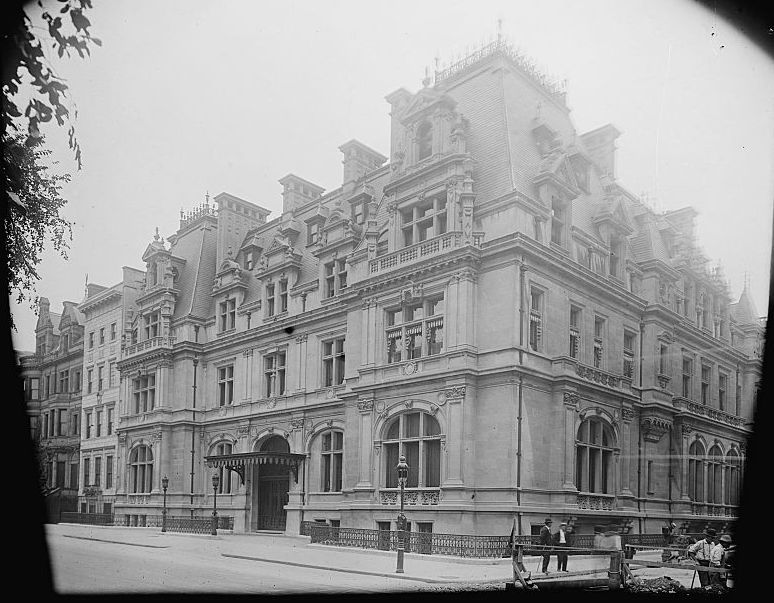
Back in 1854, William Backhouse Astor Jr. gifted his wife Caroline Astor a parcel of land at 34th Street and 5th Avenue, on which one of the first 5th Avenue mansions was built. In comparison to the modest and reserved 34th Street mansion, Caroline Astor’s second home on 65th Street and 5th Avenue was more fashionable. Hunt, the beloved architect of other Gilded Age mansions, was hired to design Caroline’s new home. The interior was divided into two separate living spaces, one for herself and one for her son John Jacob Astor.
John Jacob Astor took over his mother’s portion of the mansion but soon after died aboard the RMS Titanic, which led the family to give up the mansion. The property was sold to developers, and today the Temple Emanu-El stands in its place. The temple is actually the largest Reform temple in the world and one of the largest of any Jewish denomination, measuring an impressive 103 feet high and 100 feet wide.
The William A. Clark Mansion
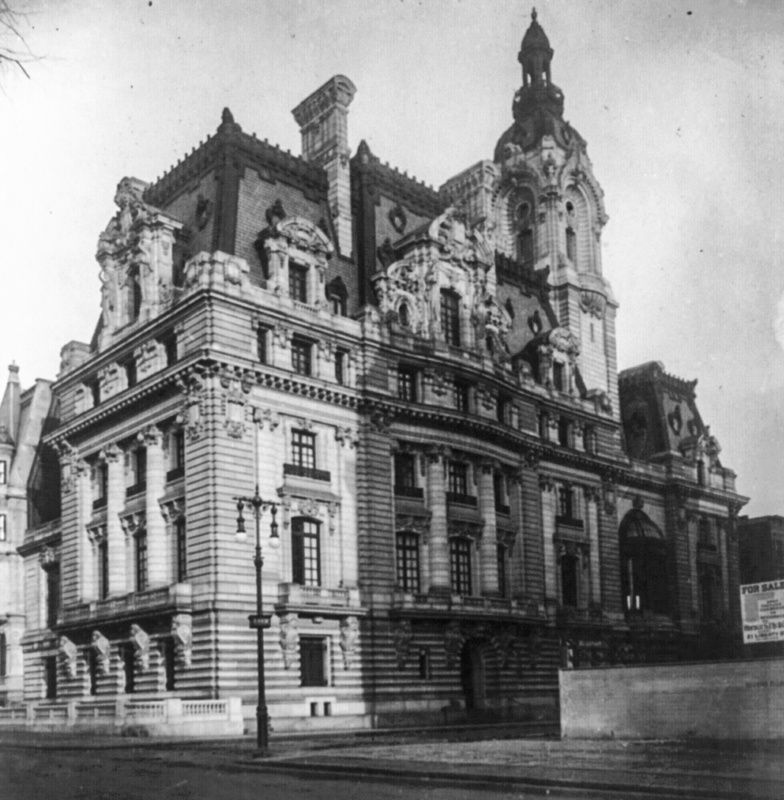
Dubbed “Clark’s Folly,” the William A. Clark mansion at 960 Fifth Avenue at the more northern end of Millionaire’s Row cost an astonishing $6 million to build at the time, or about $150 million today. The mansion consisted of 121 rooms, 31 baths, four art galleries, a swimming pool, a concealed garage, and an underground rail line to bring in heating coal. The mansion was constructed in 1911, but the “Copper King” only had 14 years in the space before his death.
The mansion was sold in 1927 for less than $3 million dollars, or about half of its construction price, and was promptly demolished, making it one of the most short-lived buildings in New York City. The mansion was replaced by a 12-story luxury condo building designed by Rosario Candela.
You can uncover even more stories of the forgotten Gilded Age 5th Avenue Mansions in our Lost New York virtual talk today! It will be in the video archive viewable to Untapped New York Insiders).
Next, check out more Gilded Age 5th Avenue Mansions!
Subscribe to our newsletter